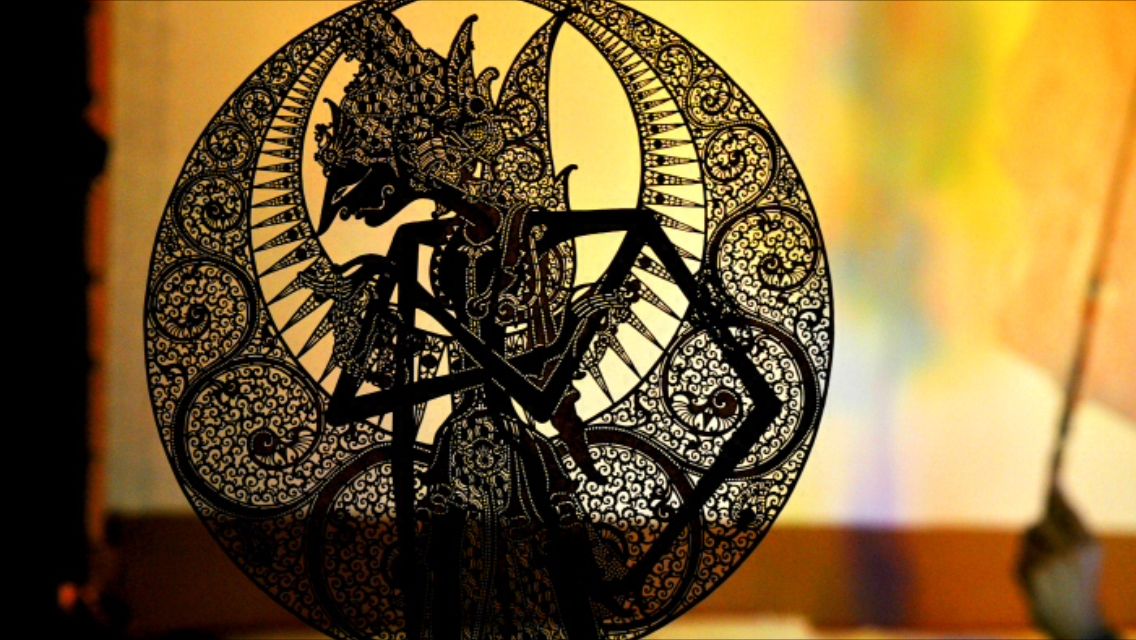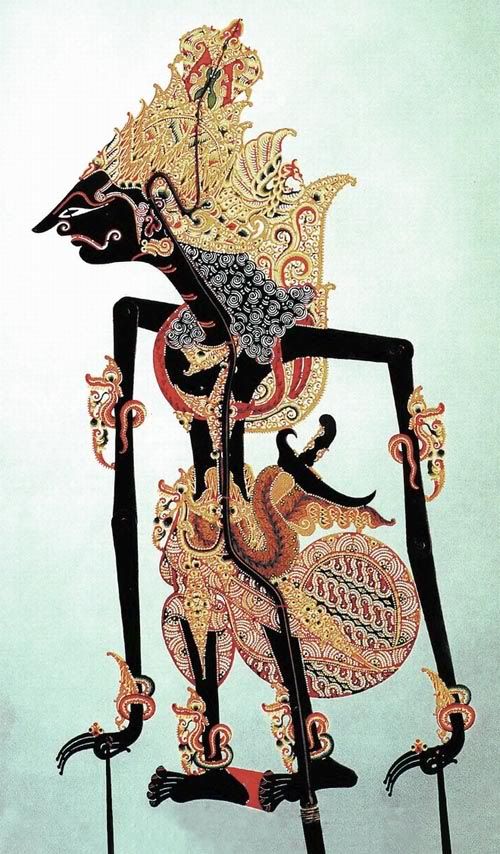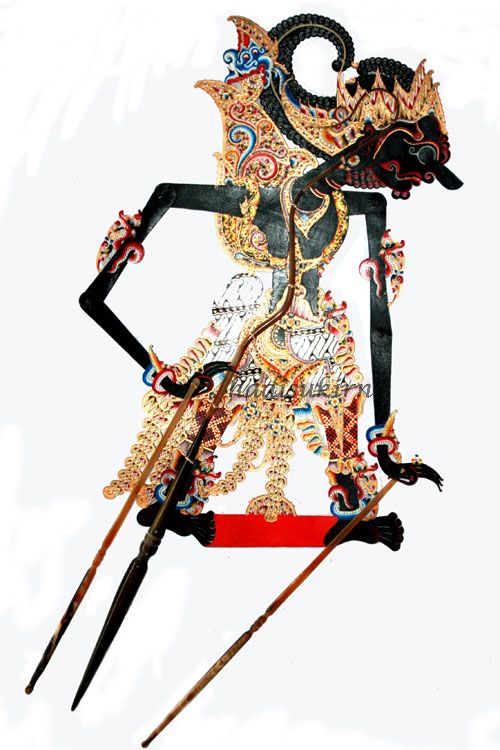Wayang Kulit, the traditional Balinese shadow puppet theatre, is an exquisite art form that has captivated audiences for centuries. This enchanting performance blends intricate puppetry, dramatic storytelling, and traditional music to create a mesmerizing cultural experience. Let’s delve into the world of Wayang Kulit and uncover its significance, artistry, and enduring charm.

1. Origins and History
Wayang Kulit traces its roots back to ancient Java and Bali, with influences from Hindu and Buddhist mythology. This shadow puppetry tradition has evolved over centuries, blending local folklore with broader mythological themes. It is believed to have been introduced to Bali in the 11th century, becoming a prominent form of storytelling and ritual performance.
2. The Puppets: Craftsmanship and Symbolism
The puppets used in Wayang Kulit are meticulously crafted from buffalo hide, carved with intricate designs, and painted with vibrant colors. Each puppet represents a character from epic tales, such as the Ramayana and Mahabharata. The delicate craftsmanship and symbolic details of the puppets are essential in conveying the character’s traits and the story’s deeper meanings.
 3. The Performance: A Unique Experience
3. The Performance: A Unique Experience
A Wayang Kulit performance is a captivating blend of shadow play and live narration. The puppets are manipulated behind a backlit screen, casting shadows that dance across the screen. The dalang, or puppeteer, controls the puppets and provides live narration, accompanied by traditional gamelan music. This harmonious combination of visual and auditory elements creates a rich, immersive experience for the audience.
4. Cultural Significance
Wayang Kulit holds a special place in Balinese culture and spiritual life. It is not only a form of entertainment but also a means of preserving cultural heritage and spiritual beliefs. Performances often take place during religious ceremonies and festivals, serving as a way to communicate moral lessons, historical events, and religious teachings.
5. Modern Adaptations
While traditional Wayang Kulit continues to thrive, contemporary adaptations have emerged. Modern performances may incorporate new stories, themes, and even technological elements while maintaining the core essence of the art form. This evolution ensures that Wayang Kulit remains relevant and continues to engage audiences across generations.
Wayang Kulit is more than just a theatrical performance; it is a living tradition that encapsulates the rich cultural heritage of Bali. Its intricate puppetry, dramatic storytelling, and cultural significance make it a unique and cherished art form. By exploring Wayang Kulit, we gain a deeper appreciation for the creativity and cultural richness of Balinese art.
